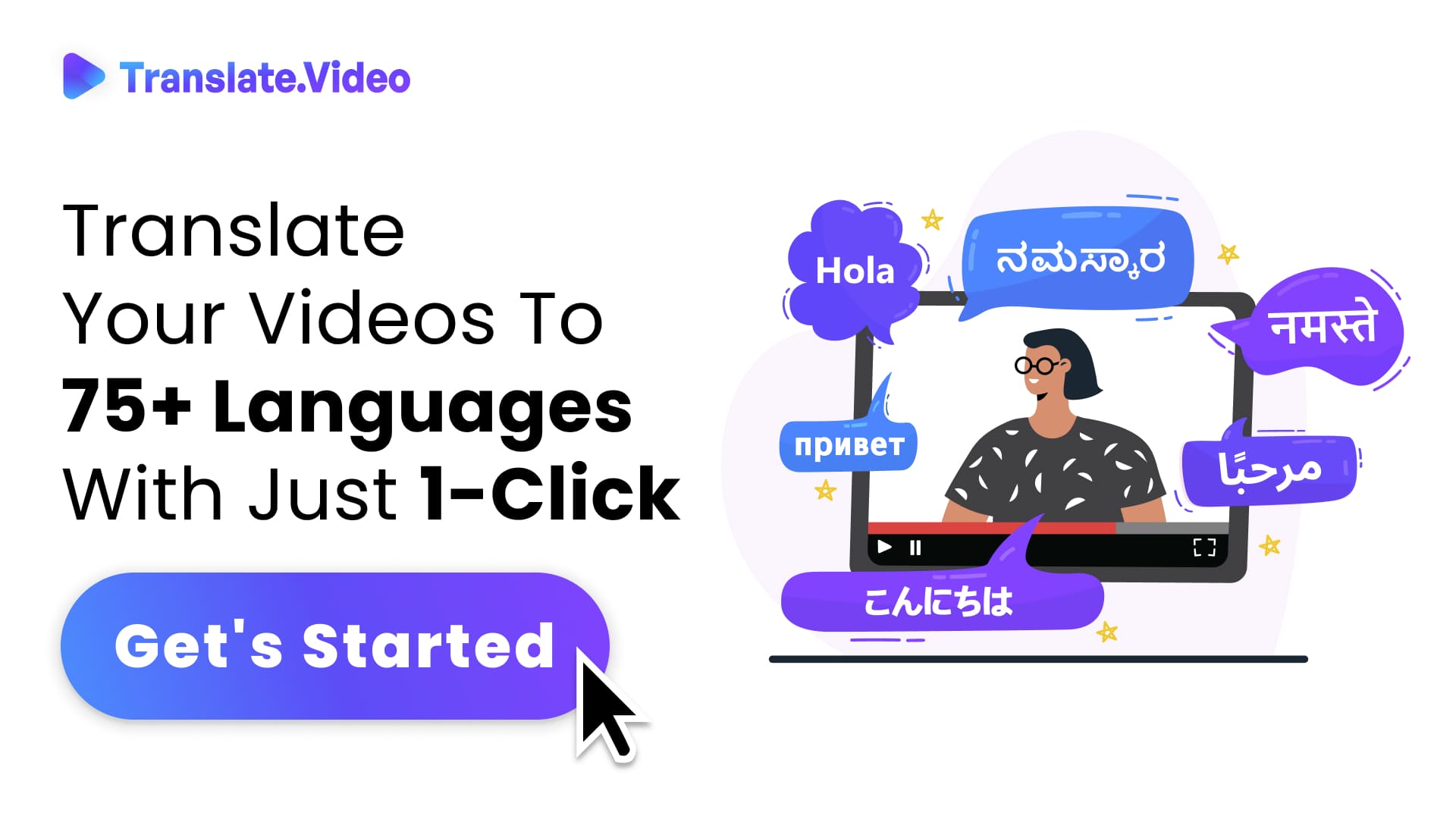Building Bridges with Website Translation:Beyond Words to Understanding
The Art and Science of Website Translation

Have you ever wondered how the World Wide Web is so... worldwide? I certainly have. The secret lies in the power of website translation. Today, we'll dive deep into the origin of website translation, its definition, and the overarching concept that makes it a necessity in this digital age. Picture this: a person from France reading content from a Japanese website as if it were native to their language. That's the magic of translation.
Website translation isn't just about changing words from one language to another. It's about ensuring that the essence, tone, and intent remain intact. It’s about understanding that a phrase in English might not have a direct counterpart in Russian, or that an idiom in Spanish might lose its flavor when translated verbatim into Chinese.
The Nitty-Gritty of Website Translation
Website translation is essentially the process of converting the content of a website from one language into another. It ensures that the message conveyed remains consistent across multiple linguistic and cultural boundaries.
Why Translate?
- Broader Audience Reach: If you have your content only in English, you're catering to just around 25% of the online population. Think about the other 75%!
- Business Expansion: Planning to sell products or offer services internationally? Translation is key.
- Cultural Sensitivity: It shows respect and understanding towards different cultures and languages.
Challenges in Translation
Website translation isn’t without its hitches. Idioms, cultural references, or even simple words can have different connotations in different languages. For instance, the English phrase "feeling blue" might leave a non-native speaker more puzzled than empathetic.
Machine vs. Human Translation
With advancements in AI, tools like Google Translate are becoming increasingly sophisticated. However, while they can get the gist across, they might falter when nuances, idioms, or cultural contexts come into play. This is where human translators shine – understanding context, culture, and connotations.
Benefits of Using Translate.video for Website Translation
1. Real-time Translation
Imagine updating a blog post or adding a new product description and having it immediately available in multiple languages. Translate.video's AI-driven core allows for near-instant translations, reducing the time and effort traditionally needed.
2. Accuracy and Contextual Understanding
AI models, especially those behind tools like Translate.video, are trained on vast datasets. This training equips them to understand context, ensuring translations aren't just literal, but also culturally appropriate and contextually accurate.
3. Cost-Effective
Human translation, while invaluable in its depth and nuance, can be costly and time-consuming, especially for extensive websites. Using Translate.video can lead to significant savings in both time and money.
4. Scalability
Whether it's a small personal blog or a mammoth e-commerce platform, Translate.video can scale its services to accommodate varied content sizes without compromising on speed or quality.
5. Seamless Integration
Modern AI tools are designed for compatibility. Translate.video can be easily integrated into most website frameworks, ensuring a smooth translation process without the need for major site overhauls.
Potential Limitations and Considerations
While Translate.video offers numerous advantages, users should also be aware of potential limitations:
- Idiomatic and Cultural Nuances: No AI is perfect. Some cultural idioms or phrases might not translate perfectly every time.
- Dependence on Internet Connectivity: Being AI-driven, Translate.video would rely on stable internet connectivity for optimal performance.
- Updates and Iterations: As with all AI models, the tool will require updates and iterations to stay current and improve its translation accuracy.
Conclusion
Website translation isn't just a process; it's an art and a science. By translating your website, you're not just reaching out to a global audience; you're building bridges, fostering understanding, and embracing the true spirit of the World Wide Web. Remember, in the vast digital expanse of the internet, language shouldn't be a barrier. It should be a bridge.
FAQs
1. What is Translate.video?
Translate.video is an AI-powered translation app primarily designed for translating video content but can also be applied to website translations, ensuring content is accessible to a global audience.
2. How does Translate.video work?
Translate.video uses advanced AI algorithms trained on vast datasets to provide accurate and contextually appropriate translations. It translates content in real-time, ensuring that new updates or additions to websites are instantly available in multiple languages.
3. Is Translate.video as accurate as human translators?
While Translate.video is highly accurate, especially for general content, there may be nuances, idioms, or cultural references that AI might interpret differently than a human translator. It's recommended to use human translation for highly specialized or culturally sensitive content.
4. Can I integrate Translate.video into my existing website?
Yes, Translate.video is designed for compatibility and can be integrated into most website frameworks without major overhauls.
5. How does Translate.video handle multiple languages?
Translate.video is equipped to handle a vast range of languages, providing translations that are not only linguistically accurate but also culturally relevant.
6. Are there any limitations to using Translate.video for website translation?
While Translate.video offers numerous benefits, potential limitations include handling idiomatic and cultural nuances in some instances, dependence on stable internet connectivity, and the need for periodic updates to the AI model.
7. Is Translate.video a cost-effective solution?
Yes, using Translate.video can be significantly more cost-effective than relying solely on human translators, especially for extensive websites. However, for certain nuanced content, a blend of AI and human translation might be ideal.
8. How secure is my content with Translate.video?
While specific security measures would depend on the app's terms and conditions, most modern AI tools prioritize user data protection and confidentiality.
Trending Tags
Trending Blogs
What are you waiting for?
Your Dubbing, Subtitles, Captions in one place
Signup free!
